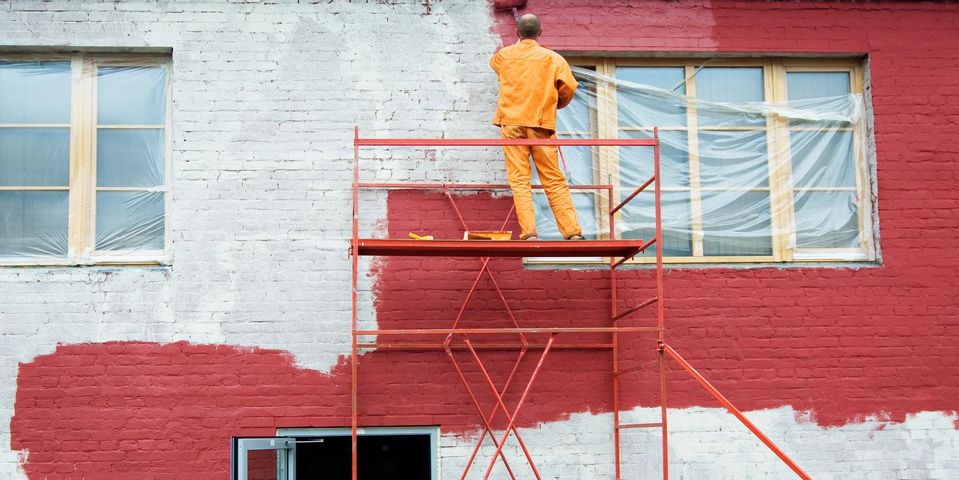
Painters who work with acrylic, latex, or oil-based paint can attest that environmental temperatures affect the consistency and overall dry time of the material. Most paints should be allowed to dry in environments that are at least 45 to 50 degrees Fahrenheit to ensure durability and avoid damage to the finish. Before scheduling your next paint job, here’s how these factors can affect the project.
Environmental Factors That Impact How Paint Dries
Cold
Cold temperatures thicken paint and make it difficult for the material to dry properly. Subfreezing temperatures crystallize the moisture in the paint and slow the oxidation process. A thick coat, therefore, takes longer to dry, which can make the finish vulnerable to damage if someone or something bumps it.
Heat
 Heat can cause fresh paint to dry unevenly. A warm environment quickly dries the superficial layers, but underlying layers harden and set at a slower rate.
Heat can cause fresh paint to dry unevenly. A warm environment quickly dries the superficial layers, but underlying layers harden and set at a slower rate.
This uneven process can result in imperfections on the surface. If a painter applies uneven or excessive paint in a high-heat environment, problems like bumps, wrinkles, sagging, running, cracking, and discoloration can occur.
Humidity
In high-humidity environments, such as after a rainstorm, water from the air is added to the paint, which can compromise the material’s protective and binding properties. Excessive moisture in the air can cause a reaction called surfactant leaching, which causes white and brown discolorations.
For paint recommendations and professional services, contact the fully insured and licensed painting contractors at BRS Custom Painting in Wentzville, MO. They service a wide array of areas, including St. Louis and St. Charles counties. Whether you need a painter for your cabinets, walls, or exterior, these experts will deliver flawless results. Visit their website for a complete list of services, or call (636) 219-9749 to schedule a free color consultation and estimate.
About the Business
Have a question? Ask the experts!
Send your question

